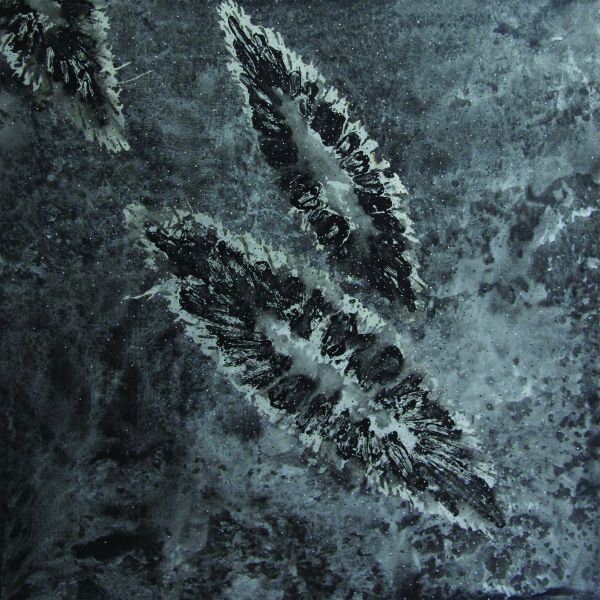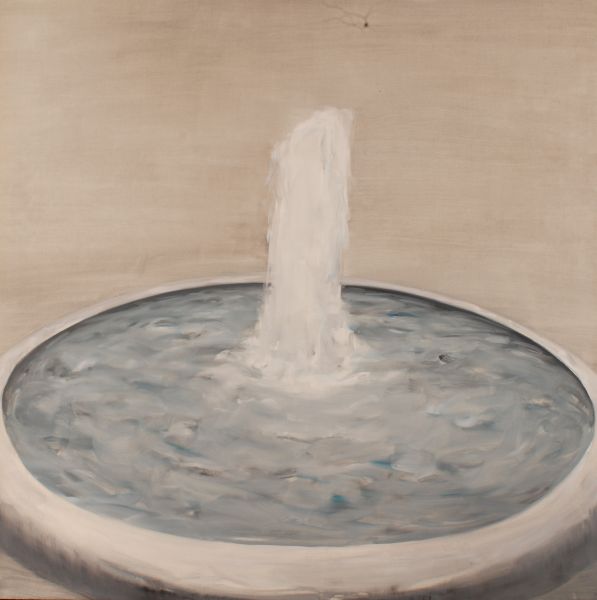Bonsai: the tangible and the unreal of nature in Chinese art
Eastern versus Western, public versus private, tangible versus unreal, urban versus rural, superficial versus spiritual, organic versus artificial, modern versus traditional, among others, co-exist in subtle balance within the everyday life of present-day China, undergoing a fast-paced social and economic transformation. As a witness of these contrasts, the artist turns into a factory of narratives and dramatisation aimed at raising his/her contemporaries’ consciousness and going beyond ideological frontiers in an attempt not only to interpret the changes but also to prompt and implement them. The twelve artists that are included in this exhibition tell us about this balanced struggle, ranging from the traditional and classical contrast existing between Ying and Yang that we can see in Wang Pin’s video installation to the clash between Chai Yiming’s modern town planning in Shanghai and the quaint landscape that can be seen in Kong Yi’s Fuchun Mountains. All of them present an opposition between traditional techniques and novel themes and viceversa. Another example of this underlying battle can be found in Yuan Kan’s Panda Family and Ji Wemyu and Zhu Weibing’s Garden. The first work uses silicon, a material that is not commonly found in traditional art, to shape a classic animal within the Chinese bestiary, whereas in the second piece of work we can see that cloth, a material that is, in principle, anti-sculptural but with a personality of its own, comes to life and shapes a labyrinth that has a mysterious and bucolic feel to it, leading the spectator to the garden, which is a centre of meditation and entertainment. Zhu Lan’s informalism, Yang Dongbai’s expressionism and the delicate way in which Ding She treats chromatic ranges contrast with Song Kexi’s pop airs, Chen Qiang’s visual effects and Cai Bing’s biological series. All of them break with the traditional codes, and yet they are presented as an adaptation to the new times in which the past is neither rejected nor buried. On the contrary, it is subjected and adheres to a profound transformation.










